Registered Deaths of Female Adults (Ages 20 - xx) throughout England, Classified as 'Murder', by way of 'Knife'╣; Exclusive of the Applicable 'Whitechapel Murders': 1883-1893
---
In the absence of the applicable 'Whitechapel Murders', i.e. the 'Whitechapel Murders', in which death was inflicted, by way of 'Knife', ...

Registered Deaths of Female Adults (Ages 20 - xx) throughout England, Classified as 'Murder', by way of 'Knife'╣ (Purple); Exclusive of the Applicable 'Whitechapel Murders' (Lavender): 1883-1893 (Click Image, to Enlarge in flickr)

Registered Deaths of Female Adults (Ages 20 - xx) throughout England, Classified as 'Murder', by way of 'Knife'╣ (Purple); Exclusive of the Applicable 'Whitechapel Murders' (Lavender): 1883-1893 (Click Image, to Enlarge in flickr)
╣ Registered Deaths of Female Adults (Ages 20 - xx) throughout England, Classified as 'Murder', ...
- by way of 'Cut Throat' or 'Cut'/'Stab': 1883-1890
- by way of 'Knife': 1891-1893
... 1888 would seem to have been a relatively 'normal' year.
---
In the absence of the applicable 'Whitechapel Murders', i.e. the 'Whitechapel Murders', in which death was inflicted, by way of 'Knife', ...

Registered Deaths of Female Adults (Ages 20 - xx) throughout England, Classified as 'Murder', by way of 'Knife'╣ (Purple); Exclusive of the Applicable 'Whitechapel Murders' (Lavender): 1883-1893 (Click Image, to Enlarge in flickr)

Registered Deaths of Female Adults (Ages 20 - xx) throughout England, Classified as 'Murder', by way of 'Knife'╣ (Purple); Exclusive of the Applicable 'Whitechapel Murders' (Lavender): 1883-1893 (Click Image, to Enlarge in flickr)
╣ Registered Deaths of Female Adults (Ages 20 - xx) throughout England, Classified as 'Murder', ...
- by way of 'Cut Throat' or 'Cut'/'Stab': 1883-1890
- by way of 'Knife': 1891-1893
... 1888 would seem to have been a relatively 'normal' year.

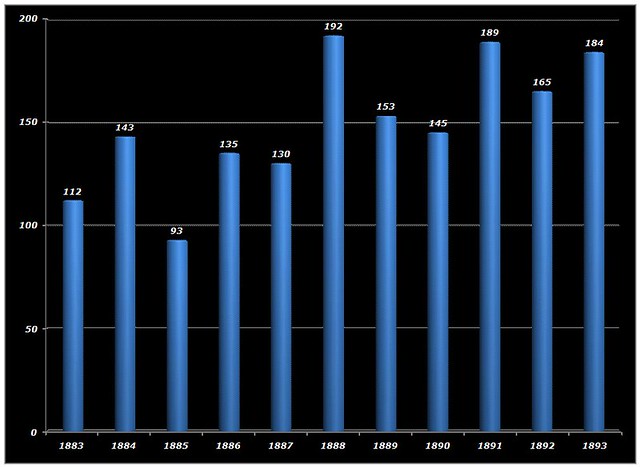
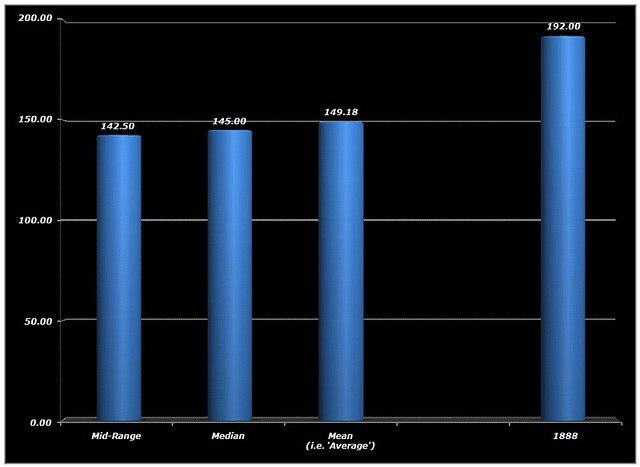

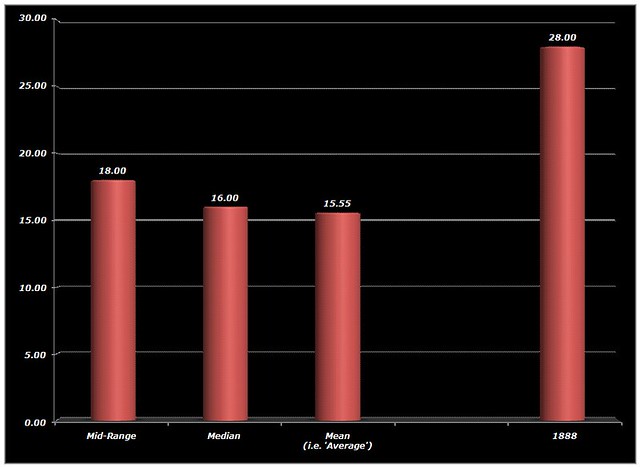
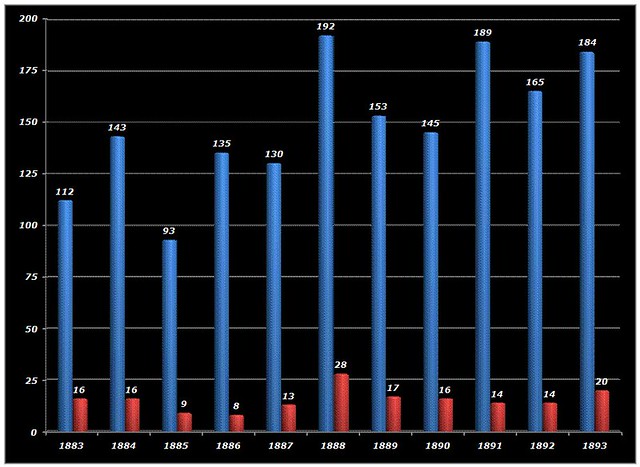
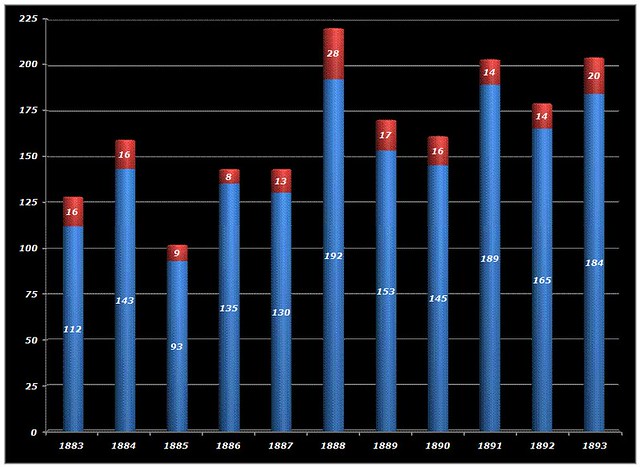
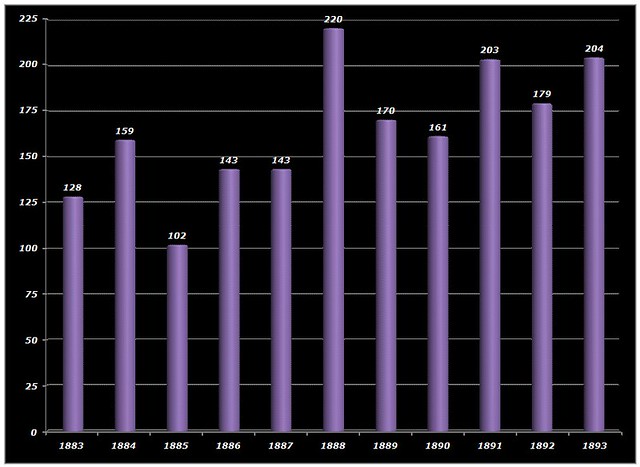
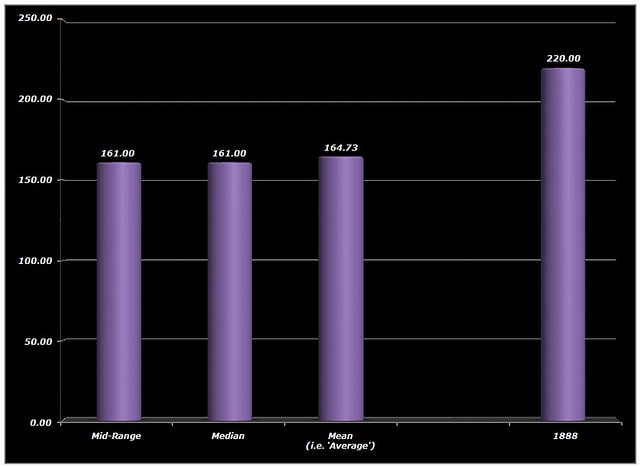






Comment